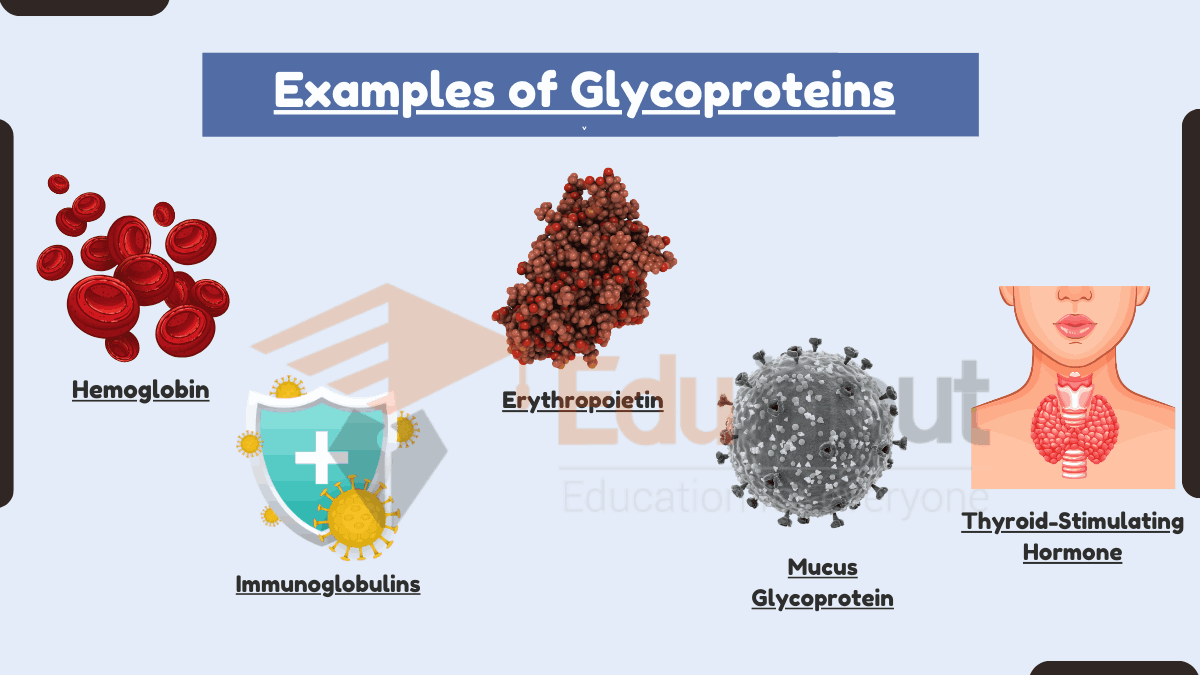7 Examples of Immunity
Immunity refers to the body’s ability to defend itself against pathogens, such as bacteria, viruses, and other foreign invaders.
Examples of Immunity
Here are some common examples of immunity:
1. Innate Immunity
Innate immunity is the first line of defense against pathogens and includes physical and chemical barriers. Examples of innate immunity include:
- Skin: The skin acts as a physical barrier that prevents pathogens from entering the body.
- Mucous Membranes: Mucous membranes in the respiratory and digestive tracts produce mucus, which traps and eliminates pathogens.
- White Blood Cells (Phagocytes): Cells like neutrophils and macrophages engulf and destroy pathogens.
- Fever: Elevated body temperature can inhibit the growth of certain pathogens.
2. Adaptive Immunity
Adaptive immunity is a more specific and targeted immune response that develops after exposure to pathogens. It includes:
- Antibodies (Immunoglobulins): Specialized proteins produced by B cells that can neutralize or mark pathogens for destruction.
- T Cells: T cells recognize and destroy infected cells directly and play a role in regulating the immune response.
- Memory Cells: B and T cells can become memory cells, providing long-term immunity after initial exposure to a pathogen.
3. Active Immunity
Active immunity occurs when the immune system is activated by exposure to a pathogen, either through infection or vaccination. Examples include:
- Recovery from an Infection: After recovering from an illness, the body often develops immunity to the specific pathogen that caused the infection.
- Vaccination: Vaccines contain weakened or inactivated pathogens or their components, which stimulate an immune response and provide immunity without causing the disease.
4. Passive Immunity
Passive immunity is temporary immunity that is transferred from one individual to another. Examples include:
- Maternal Antibodies: Newborns receive antibodies from their mother through breast milk or across the placenta, providing protection during the early stages of life.
- Antibody Treatments: Monoclonal antibodies or antivenom can be administered to provide immediate immunity against specific toxins or pathogens.
5. Herd Immunity
Herd immunity occurs when a significant portion of a population becomes immune to a pathogen, reducing its ability to spread within the community. This protects individuals who cannot be vaccinated or are more vulnerable to infection.
6. Autoimmune Diseases
Autoimmune diseases are conditions in which the immune system mistakenly attacks the body’s own tissues. Examples include rheumatoid arthritis, lupus, and type 1 diabetes.
7. Immunodeficiency Disorders
Immunodeficiency disorders result in a weakened or dysfunctional immune system, making individuals more susceptible to infections. Examples include HIV/AIDS and primary immunodeficiency disorders.

 written by
written by 




Leave a Reply